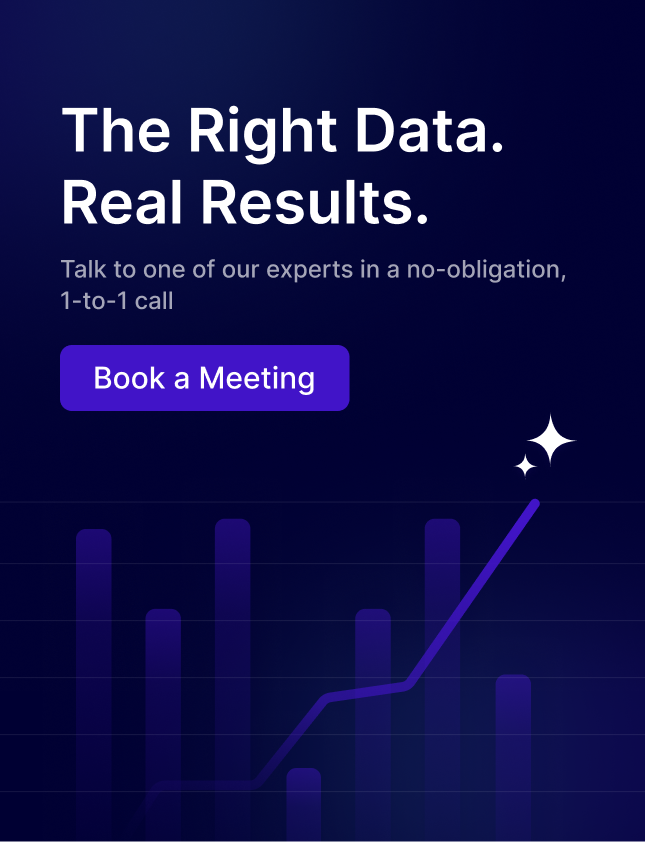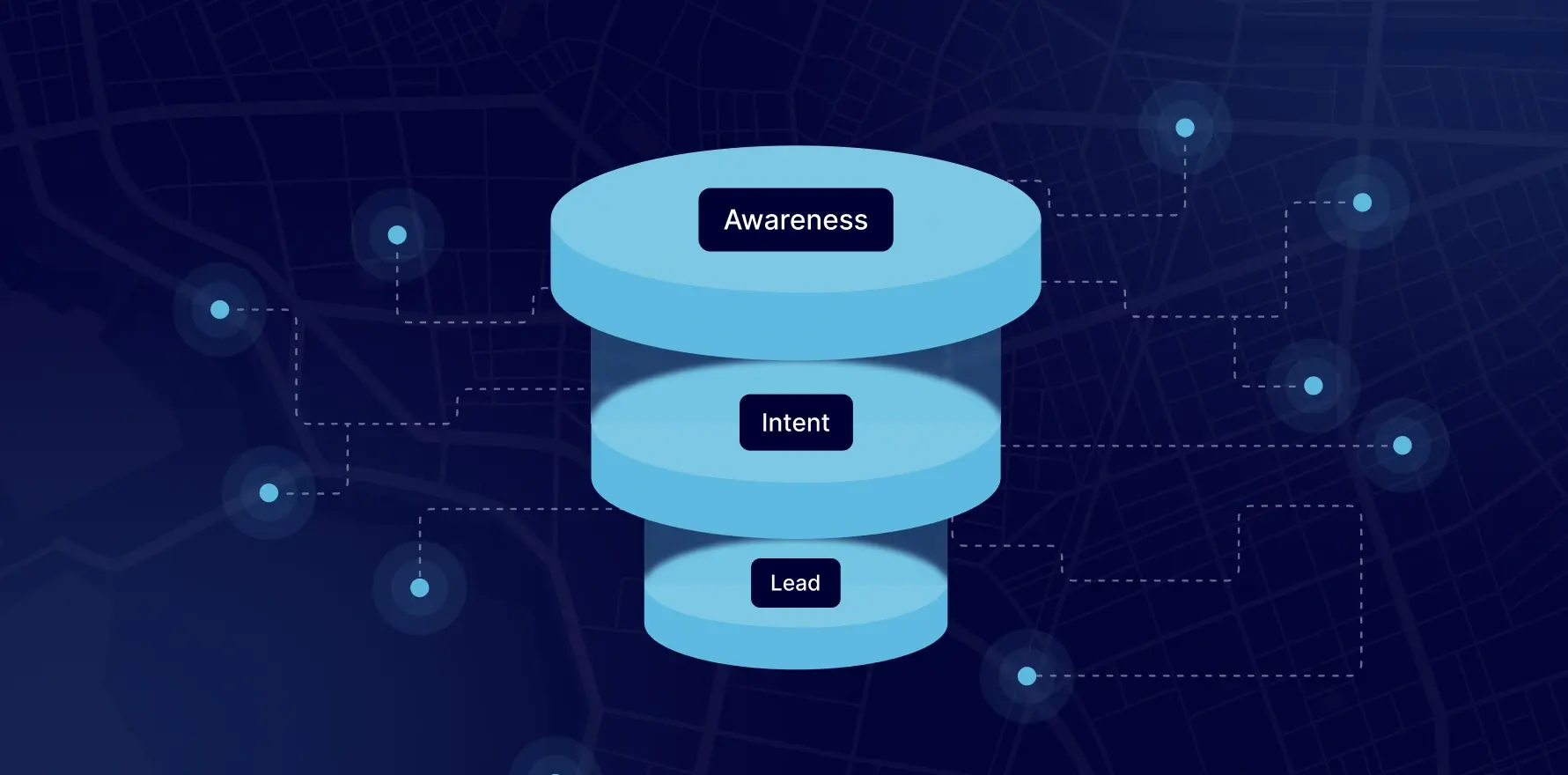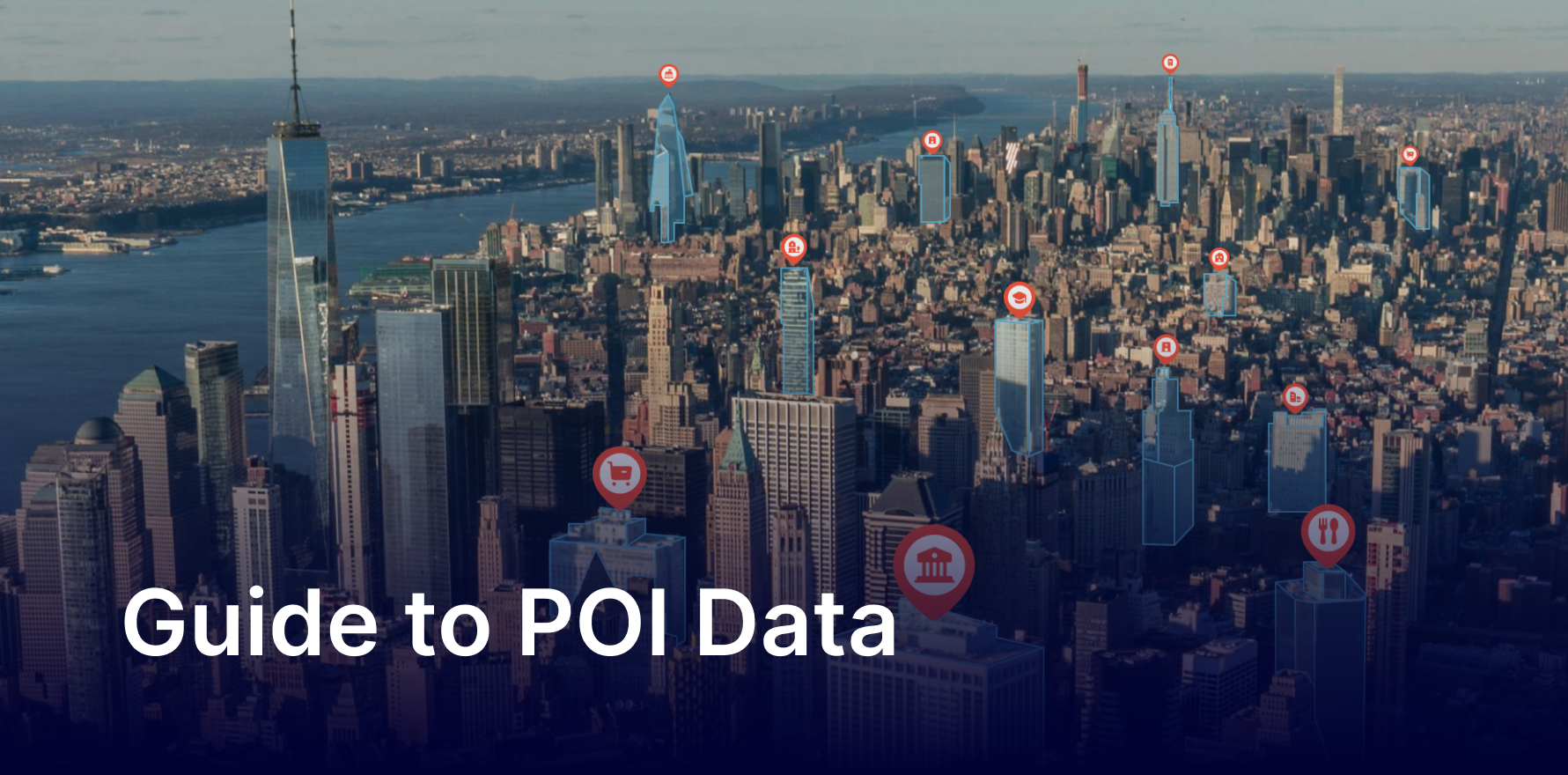Millennials or digital natives born between the mid-1980s to early 2000s enjoy great equity among brands. This exclusive club of nearly 2 billion individuals – a third of the global population are forecasted to form 35 percent of the global workforce by 2020 and 75 percent by 2025. That naturally indicates rising spending power that promises to go well beyond previous generations, according to income and demographic modelling by the World Data Lab. Naturally, millennials are set to shape the world economy over the next few years, thanks to the critical role they play as the primary consumers of goods and services around the world today as well as in the foreseeable future.
What do millennials really want?
This a question that never really leaves the minds of astute marketers across most product and service categories. But there is a fundamental flaw in how they have been trying to answer this question. Even as most psychological and consumer insight studies make it clear that millennials sense of individuality is stronger than any previous generation, the same studies also try to understand this generation using broad strokes of generalization.
But the proliferation of mobile devices and consequently, the connected lifestyles of millennials pose an interesting opportunity for brands to get insights into their consumer behaviour that are deeper and more well-rounded. Mobile app data and location intelligence sit at the core of this insights-finding mission.
Finding critical answers and insights in mobile data
Not only are uniqueness and individualism the defining traits of millennial consumers, most technologies of this generation including mobile-based technologies and social media further powers this individualism. What it means is that hyper-personalization and hyper-localization are the order of the day. By tapping into the combination of readily available online behaviours and purchase intents along with offline insights gleaned via mobile, app and location data, brands have a new opportunity to understand each millennial consumer, their lives and lifestyles, purchase triggers and barriers much more sharply. This enhances business outcomes at two distinct levels. Foremost is marketing personalization, wherein an in-depth and nuanced view of the millennial consumer and their purchase triggers and barriers results in effective marketing decisions across strategy and execution. But the larger impact of mobile app data on the brand-millennial equation goes way beyond marketing.
Mobile app data and location analytics can give brands very deep insights into not only how to sell to the millennials but also what and where to sell to them. From refining brand personas to resonate better with that of the millennials to retail site selection and product and category portfolios, app and location data is enabling brands and businesses to become truly consumer-centric. Beyond the current landscape, predictive analytics on insights gleaned through mobile app data can further enable brands shape business and product strategy for these consumers as their needs and lifestyles evolve a decade down the line.
Mobile app and location data helping brands march in step with the millennials
The expectations millennials have from brands as consumers as well as employees are sky-high. Social and marketing commentators spent the first half of this decade diving deep into what these expectations could possibly mean for brands in the mid- to long-term future. However, the time to pontificate over the nuances and personas is now over. Millennial consumers are well and truly here to stay. The faster brands adapt to technologies and data sources such as location to start delivering to the expectations of this new generation as well as to future-proof themselves, the sooner they will start to keep up with the millennials.
You may also like










